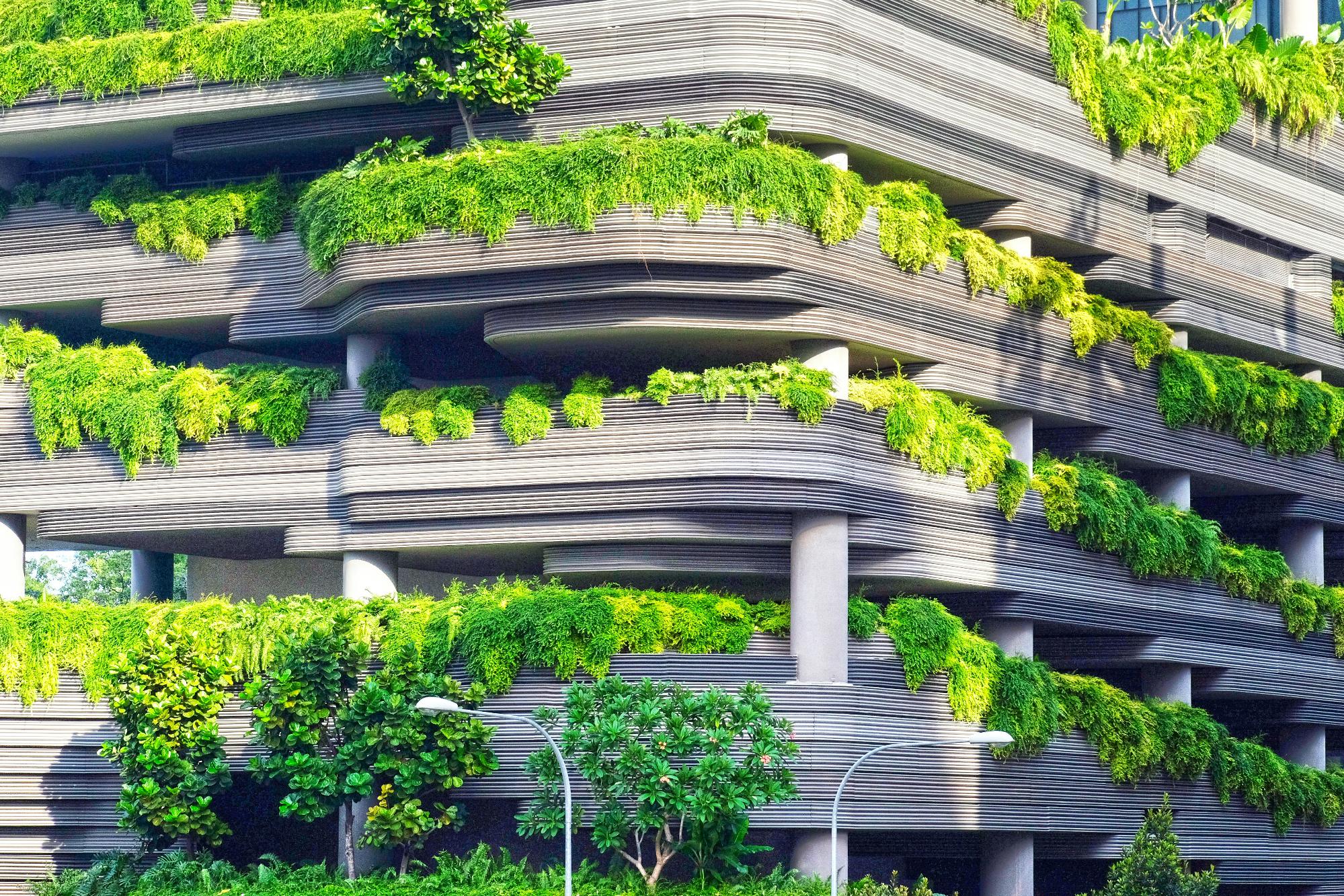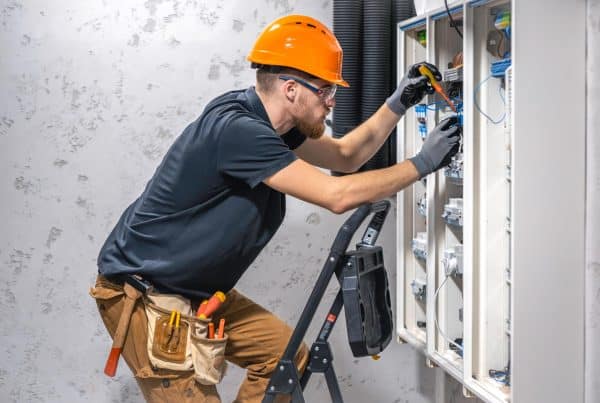The concept of sustainable architecture marks a revolutionary and eco-conscious shift in the way we think about designing and constructing the spaces we inhabit. Striding past the traditional approach that seldom considered the environmental impact, architects today are embracing a greener approach. In this blog post, we will dive into the world of sustainable design, exploring how innovation is steering the industry towards a more eco-friendly blueprint for the future.
Building with Nature in Mind
Sustainable architecture begins with an intimate dialogue between the building and its natural surroundings. Architects are adopting nature-inspired designs that not only aesthetically blend with the landscape but also function in harmony with the local climate and ecosystem. Smart orientation, use of local materials, and incorporation of biophilic design principles are just a few ways architects are tuning into nature’s frequency.
The Future Is Smart: Integrating Technology
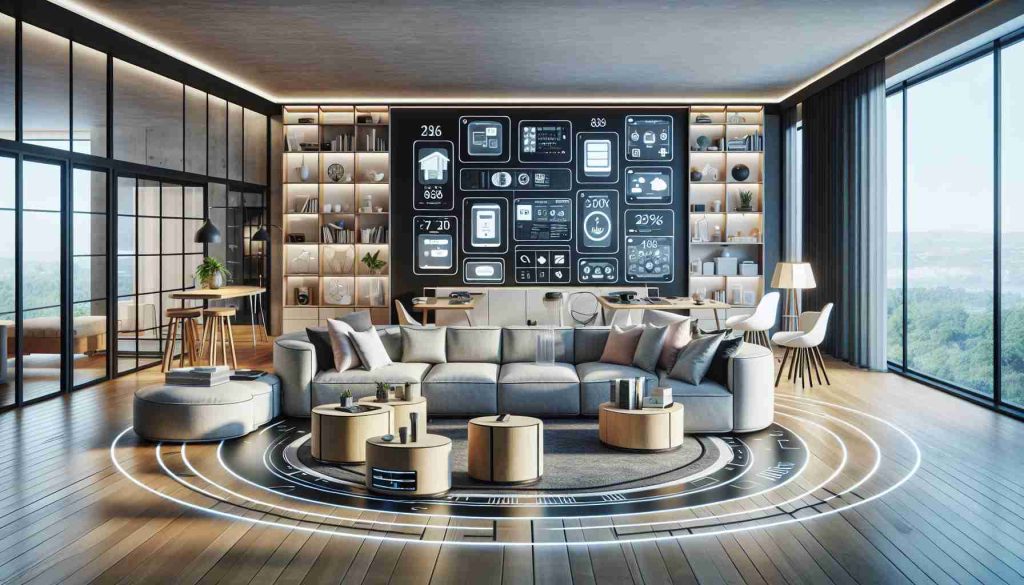
Enhancing Indoor Air Quality
An often underappreciated aspect of sustainable architecture is the emphasis on indoor air quality. Proper ventilation is crucial and can be addressed through the design of passive systems that circulate fresh air. Furthermore, the integration of range hoods in kitchen areas is vital. These can significantly reduce cooking-related air pollution by effectively removing smoke, grease, and odors to ensure that the indoor environment remains healthy and pleasant.
Community Integration and Social Sustainability
Sustainable architecture is not only about the environmental footprint of buildings but also about their impact on communities. Green buildings are designed to foster social interaction, community engagement, and accessibility. This inclusive approach ensures that architectural developments contribute positively to the social fabric, prioritizing open spaces, public transportation access, and amenities that serve the collective needs of the population.
Energy Efficiency: The Core of Sustainable Design
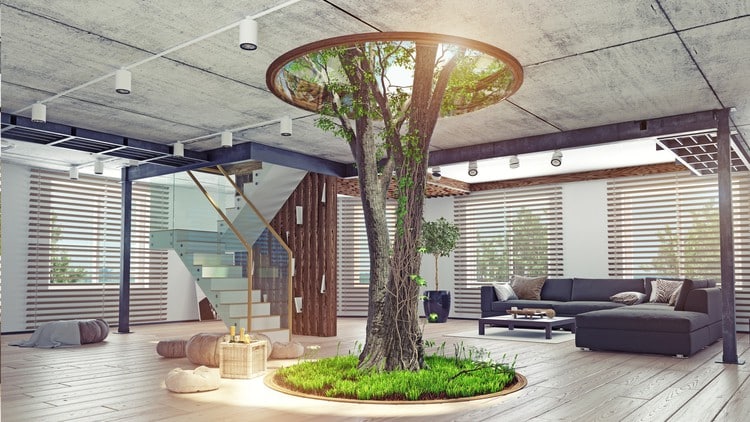
Water Conservation: Every Drop Counts
Incorporating smart water management into architectural designs is not just a trend but a necessity. Sustainable architects are looking into rainwater harvesting systems, greywater reuse, and efficient plumbing fixtures to significantly reduce water usage. A building that respects the water cycle is not only environmentally sound but also ensures its long-term viability and resource sustainability.
Resilience and Adaptability
Future-proofing is integral to sustainable architectural philosophy. As climate change poses unprecedented challenges, buildings must be designed to withstand and adapt. This involves considering long-term scenarios like rising sea levels, temperature extremes, and weather events in the blueprint of our cities and structures, making resilience a cornerstone of sustainable design.
Material Matters: Eco-Friendly Choices
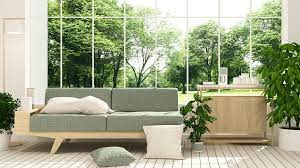
Green Certifications and Standards
As sustainable architecture becomes more mainstream, the role of green certifications and performance standards becomes increasingly crucial. Systems like LEED, BREEAM, and Passive House provide frameworks for evaluating the sustainability of buildings, guiding architects and builders in the pursuit of best practices. By adhering to these standards, industry professionals can validate their commitment to sustainability and offer a clear benchmark for clients and regulators.
Innovations in Insulation and Building Envelopes
Advancements in insulation materials and techniques play a pivotal role in achieving energy efficiency. Cutting-edge solutions like vacuum insulation panels and phase-changing materials are revolutionizing the building envelope, creating a barrier that maintains indoor temperature extremes regardless of outdoor conditions. Architectural designs now often feature high-performance facades that respond dynamically to changing weather, thereby optimizing comfort and reducing reliance on HVAC systems.
Conclusion
The journey towards a sustainable architectural future is ongoing and ever-evolving. Innovative practices are setting new benchmarks for what buildings can and should achieve, pioneering a wave of structures that offer a more thoughtful and integrative coexistence with the environment. As we continue to explore the principles of sustainable design and leverage the latest in technology and materials, we are laying the foundation for a greener, more resilient tomorrow. In doing so, we honor the vision of architects who see beyond the blueprints to the world that can flourish alongside the structures we build.

